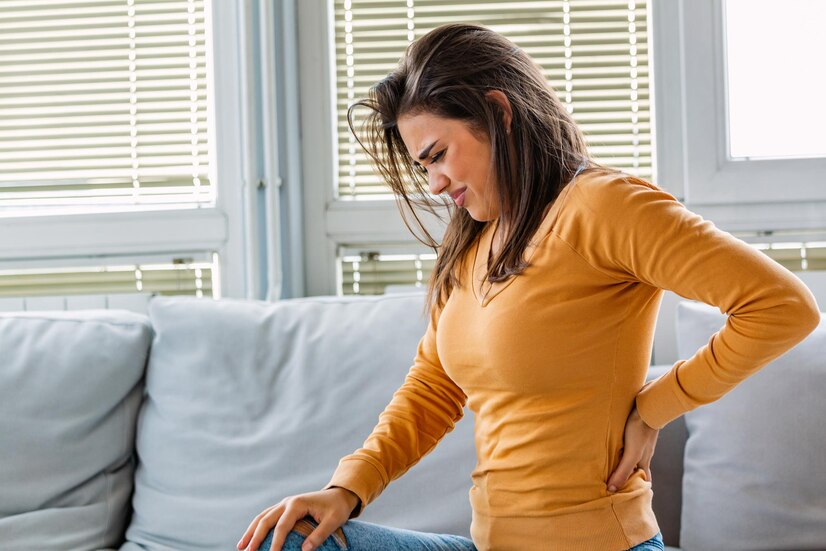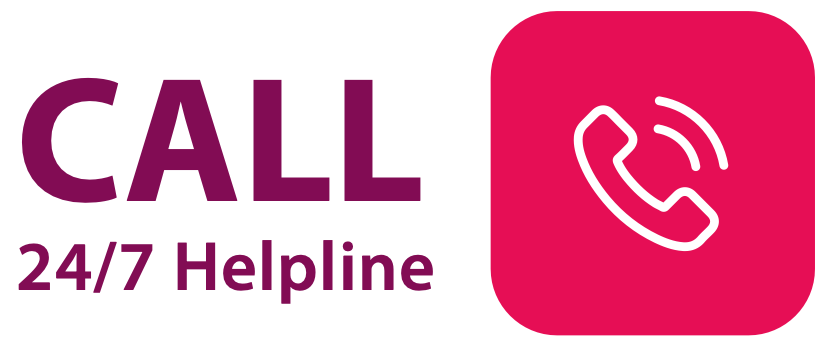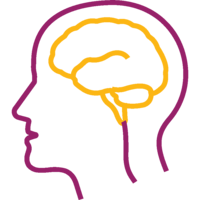
Wednesday, 24 July, 2024
A slipped disc, also known as a herniated or prolapsed disc, can cause significant discomfort and disrupt your daily life. While professional medical treatment is often necessary, there are several effective strategies for disc problem treatment at home that you can implement to manage the symptoms and support recovery. Let’s explore six practical tips for home treatment for herniated disc and how to heal a slipped disc naturally
How Do You Treat A Slipped Disc?
Managing a slipped disc involves a combination of rest, physical therapy, lifestyle adjustments, and sometimes medical interventions. While severe cases may require slip disc surgery, many people find relief through non-invasive treatments. The primary goals are to reduce pain, improve mobility, and prevent further injury. Understanding how do you treat a slipped disc is crucial for effective management.
Taking Sufficient Rest
Rest is crucial in the initial stages of a slipped disc. Avoid activities that strain your back, such as heavy lifting or prolonged sitting. Instead, focus on short periods of rest combined with gentle movements to keep your spine flexible.
Lie on your back with a pillow under your knees or on your side with a pillow between your knees to alleviate pressure on your spine. However, avoid prolonged bed rest as it can lead to muscle stiffness and worsen your condition. Balance is key—rest when needed but keep moving gently to promote healing.
Nutrition-Rich Dietary Management
A balanced diet plays a significant role in recovery from a slipped disc. Nutrient-rich foods can help reduce inflammation and support overall health. Include plenty of fruits, vegetables, lean proteins, and whole grains in your diet.
Foods rich in omega-3 fatty acids, such as salmon, walnuts, and flaxseeds, can help reduce inflammation. Calcium and vitamin D are essential for bone health, so ensure you’re consuming dairy products, leafy greens, and fortified foods. Staying hydrated is also vital for maintaining spinal health.
Cold and Heat Therapy
Alternating between cold and heat therapy can provide relief from slipped disc pain. Cold therapy helps reduce inflammation and numb sharp pain, while heat therapy improves blood flow and relaxes tense muscles.
Apply a cold pack or a bag of ice wrapped in a towel to the affected area for 15-20 minutes several times a day during the initial phase of injury. After a few days, switch to heat therapy using a warm towel or heating pad. Apply heat for 15-20 minutes to alleviate stiffness and promote healing. This method is an effective part of slipped disk treatment at home.
Low Impact & Gentle Exercises for Slip Disc
Engaging in low-impact exercises can strengthen the muscles supporting your spine, improve flexibility, and reduce pain. Gentle activities such as walking, swimming, and yoga are excellent choices.
Consult with a hospital for spine care hospital for spine care or a physiotherapist to design a suitable exercise program tailored to your condition. Exercise for slip disc should include stretching exercises that target the back, hamstrings, and hips, helping relieve pressure on the spine. Start slowly and gradually increase the intensity as your condition improves. slip disc problems
Reduced Stress Levels
Stress can exacerbate the symptoms of a slipped disc. Practicing stress management techniques can help reduce pain and improve your overall well-being.
Consider activities such as deep breathing exercises, meditation, and mindfulness. Regularly practicing these techniques can help calm your mind and relax your muscles, contributing to pain relief and faster recovery. Ensure you get adequate sleep, which is vital for healing.
Workspace & Home Improvements
Improving your workspace and home environment can significantly reduce the strain on your back. Ensure that your workspace is ergonomically designed. Your chair should support your lower back, and your computer screen should be at eye level to prevent hunching.
At home, consider the layout of your furniture and how it affects your posture. Avoid low, soft chairs that cause you to sink and strain your back. Invest in a supportive mattress that keeps your spine aligned and reduces pressure points. These adjustments can serve as essential components of disc problem treatment at home, promoting a healthier spine and reducing discomfort.
Physiotherapy for Slip Disc
Physiotherapy for disc bulge is a highly effective treatment. A trained physiotherapist can guide you through exercises and techniques to strengthen your back muscles, improve flexibility, and reduce pain.
Slip disk therapy often includes manual therapy, where the therapist uses hands-on techniques to manipulate the spine and surrounding muscles. They may also provide advice on posture, ergonomics, and daily activities to prevent further injury. Regular sessions can accelerate your recovery and help you manage your condition long-term.
Conclusion
Managing a slipped disc at home requires a combination of rest, proper nutrition, cold and heat therapy, gentle exercises, stress reduction, and ergonomic adjustments. While these tips can help alleviate symptoms and promote healing, it's essential to consult with a healthcare professional for personalized advice and treatment.
By taking proactive steps and following a comprehensive approach, you can effectively manage slip disc problems and improve your quality of life. Incorporating these methods into your routine provides an effective treatment of slip disc, ensuring better spine health and reduced discomfort.
FAQ’s
How long will a slipped disc take to heal?
A slipped disc in the lumbar region of the spine (the lower back) can press on the sciatic nerve and cause pain that often radiates down one leg and into the foot. In most people, the symptoms go away on their own within six weeks without treatment.
What is the fastest way to cure a slipped disc?
The fastest way to cure a slipped disc involves a combination of rest, physiotherapy, pain management, and lifestyle adjustments, with severe cases possibly requiring medical intervention or surgery.
How to heal herniated disc naturally?
To treat herniated discs without surgery focus on rest, gentle exercises, proper nutrition, maintaining good posture, using cold and heat therapy, and practicing stress reduction techniques.
Can you massage a slipped disc?
While direct manual pressure to the spine is contraindicated, massaging the surrounding muscular tissues can ease the symptoms of a herniated or bulging disc. In addition to relieving the discomfort, massage can also increase the chances of the disc healing on its own without invasive measures.
Author doctor name
Senior Consultant
MBBS, MS ( General Surgery) , MCH ( Neurosurgery)


 Neurosciences
Neurosciences Bariatric Surgery
Bariatric Surgery